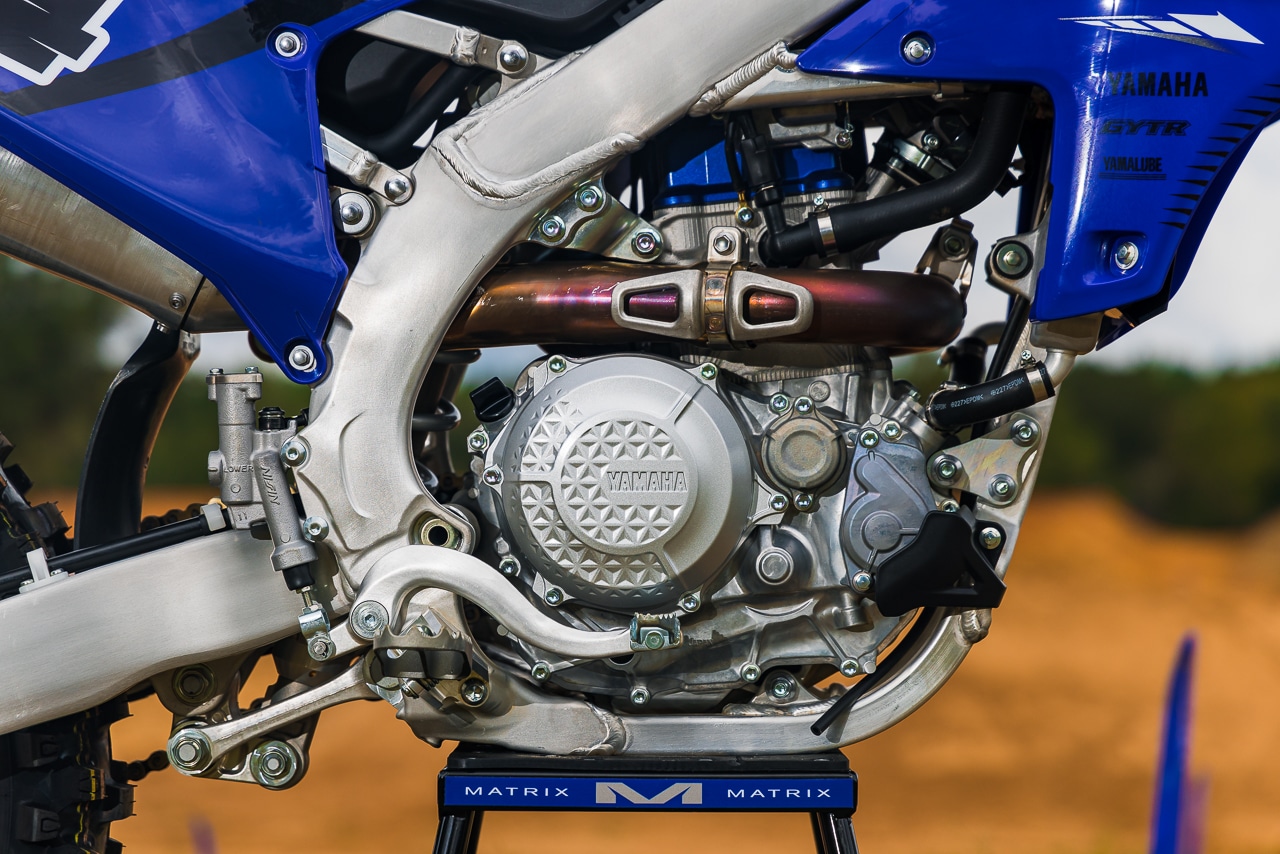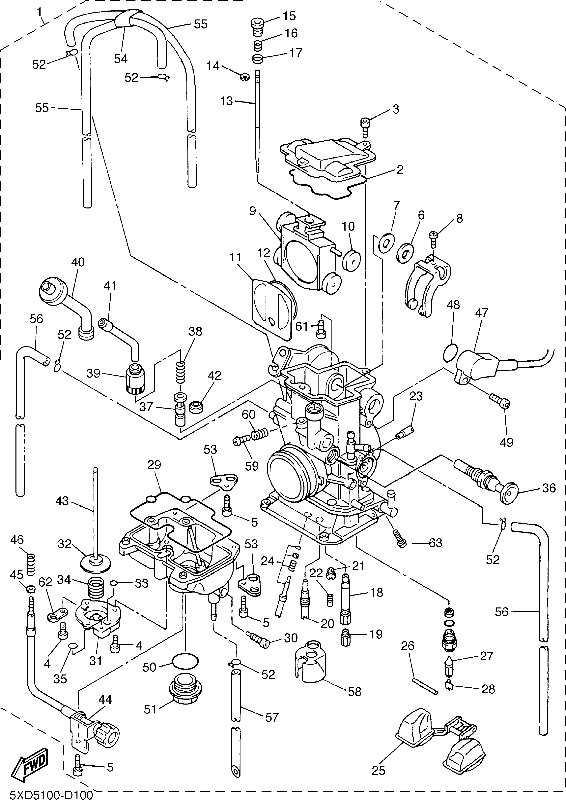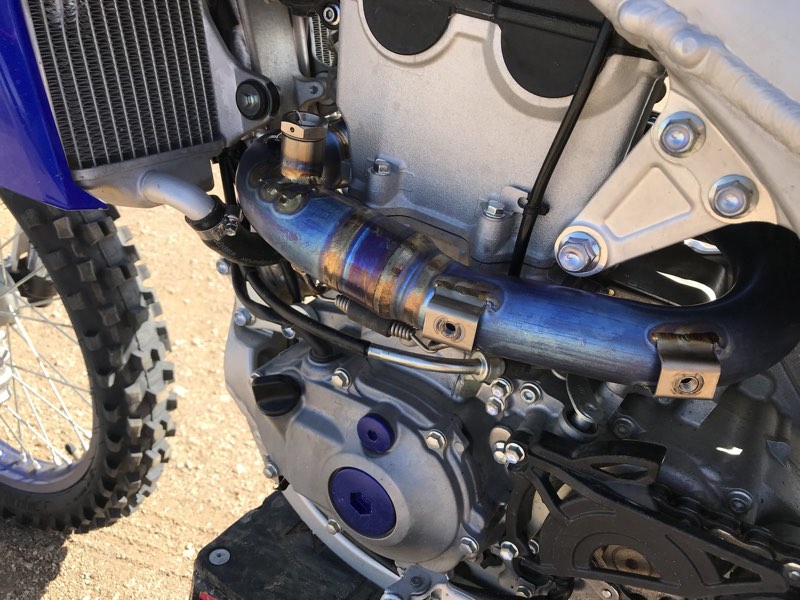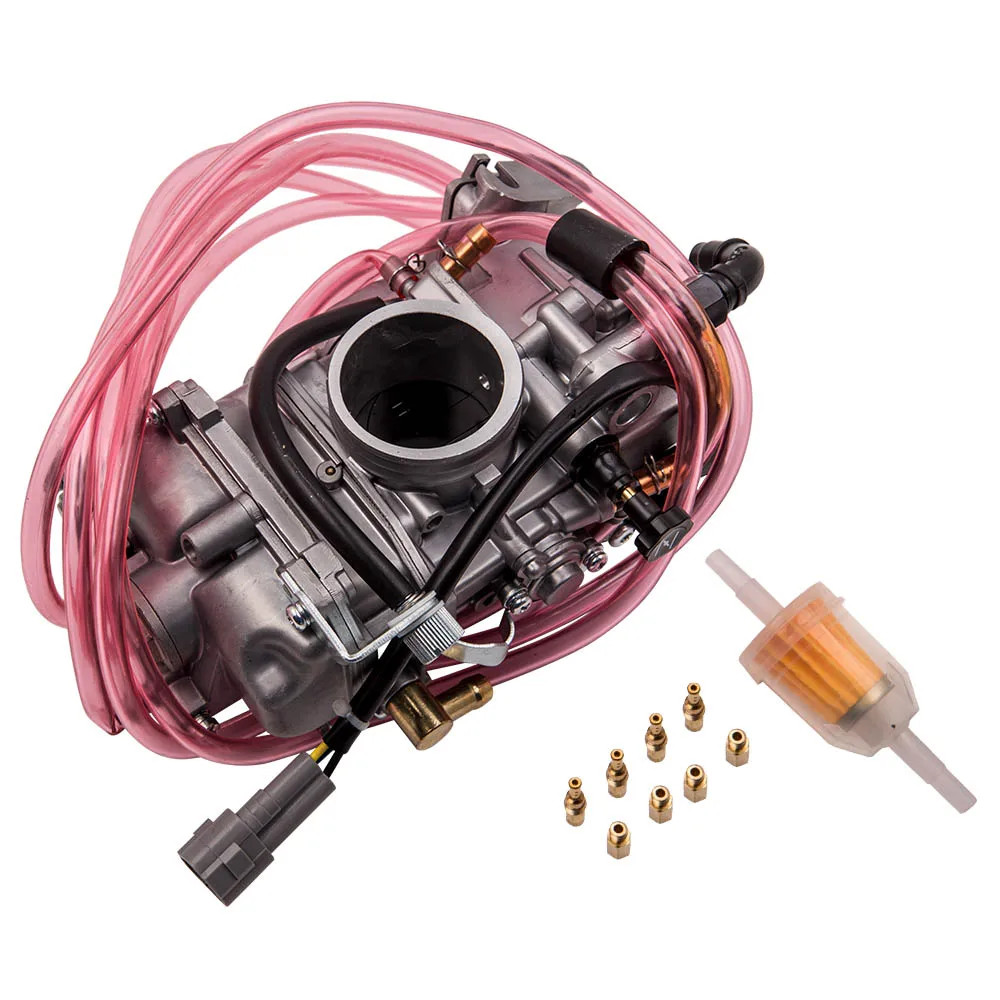Do The Carbs Change On The Yz450f

The roar of the Yamaha YZ450F has long been synonymous with motocross dominance. However, a lingering question has been circulating among riders and mechanics alike: have there been alterations to the carburetor setup across different model years? The answer, while seemingly straightforward, requires a deep dive into Yamaha's engineering evolution and the subtle nuances that separate one model year from the next.
This article aims to dissect the specifics of carburetor (and later fuel injection) changes on the YZ450F, analyzing official Yamaha documentation, expert opinions, and practical riding experiences. The goal is to provide a comprehensive understanding of how these changes have impacted performance, tunability, and overall rider experience. This exploration aims to give enthusiasts, racers, and mechanics the essential information to optimize their machines and stay competitive on the track.
Early Years: Carburetor Dominance (2003-2010)
The YZ450F, from its introduction in 2003 until 2010, relied on a carbureted engine. The 2003 model year debuted with a Keihin FCR carburetor, known for its responsiveness and performance capabilities.
These early models set the standard for 450cc motocross bikes.
Throughout these years, Yamaha made subtle refinements to the carburetor settings and jetting to optimize performance for different riding conditions and rider preferences. These modifications, while not always drastic, were crucial for maintaining the bike's competitive edge.
The Fuel Injection Revolution (2010-Present)
A significant shift occurred in 2010 with the introduction of fuel injection to the YZ450F. This marked a departure from the carbureted era, ushering in a new age of precision and control.
The move to fuel injection offered several advantages, including improved throttle response, enhanced fuel efficiency, and easier starting, especially in varying temperatures.
Yamaha's fuel injection system allowed for more precise fuel delivery, leading to improved engine performance across the RPM range. This change represented a major technological leap forward for the YZ450F.
Mapping and Tunability
With the advent of fuel injection, the focus shifted from adjusting carburetor jets to manipulating fuel and ignition maps. Yamaha provided riders with the ability to fine-tune their engine's performance through various mapping tools.
This allowed for customization based on track conditions, riding style, and fuel type.
Early fuel-injected models offered limited adjustability, but later iterations introduced more sophisticated mapping options, including downloadable maps and user-programmable settings. These advancements empowered riders to optimize their bikes for specific needs.
Model-Specific Variations
While the overall transition to fuel injection represents the most significant change, it's crucial to acknowledge model-specific variations within the fuel-injected era. Each model year of the YZ450F incorporates subtle updates to the ECU (Engine Control Unit) mapping and fuel injector design.
For example, the 2014-2017 models featured a distinctive reverse-cylinder engine layout, which necessitated specific fuel injection parameters. These subtle changes often influence the bike's power delivery characteristics and overall performance.
"The YZ450F has seen continuous refinement of its fuel injection system, with each model year incorporating improvements to mapping and component design,"states a representative from Yamaha's engineering department. "Our goal is to provide riders with the best possible performance and tunability."
Expert Opinions
Motocross experts and mechanics consistently emphasize the importance of understanding the specific fuel injection system of each YZ450F model. Tuning practices that are effective for one year may not be suitable for another.
Specialized diagnostic tools are essential for accurate mapping and troubleshooting.
"You really need to know the ins and outs of the specific ECU and fuel injector being used," advises a veteran motocross mechanic. "Using the wrong map can lead to serious engine damage."
Rider Experiences
Rider feedback on the fuel-injected YZ450F models has been largely positive, with many praising the improved throttle response and overall performance. However, some riders have expressed frustration with the complexity of fuel injection tuning compared to traditional carburetors.
Online forums and communities are filled with discussions and advice on mapping.
Many riders prefer to seek assistance from experienced tuners to optimize their bikes. Others have embraced the learning curve and successfully customized their machines to suit their individual needs.
Conclusion: A Constant Evolution
The Yamaha YZ450F has undergone a significant evolution in its fuel delivery system, transitioning from carburetors to sophisticated fuel injection systems. These changes have impacted performance, tunability, and overall rider experience.
Understanding the nuances of each model year is essential for optimizing the bike's performance and ensuring long-term reliability. As Yamaha continues to innovate, riders and mechanics must remain informed about the latest advancements in fuel injection technology.
The future likely holds even more sophisticated fuel injection systems, promising further gains in performance and rider customization. The YZ450F's journey is a testament to the relentless pursuit of performance and the ever-evolving landscape of motocross technology.


















